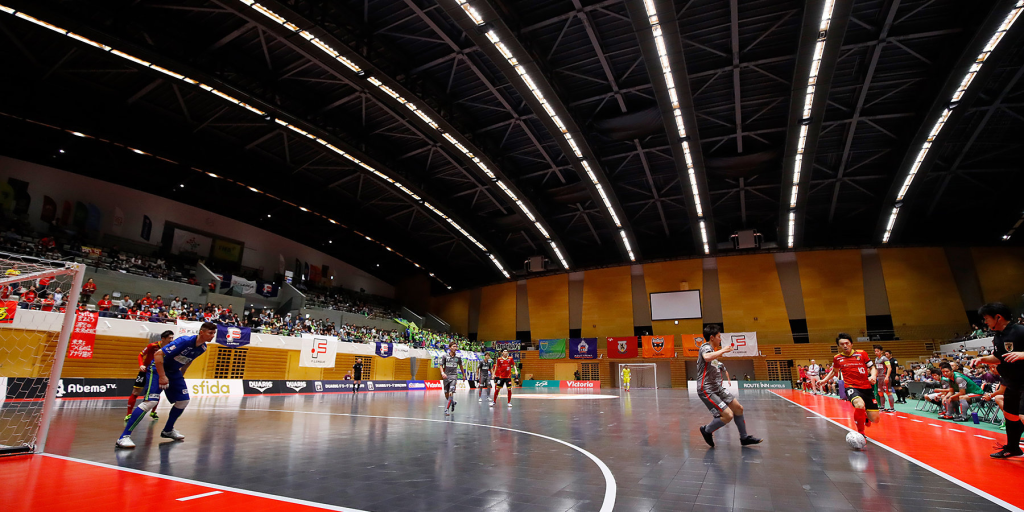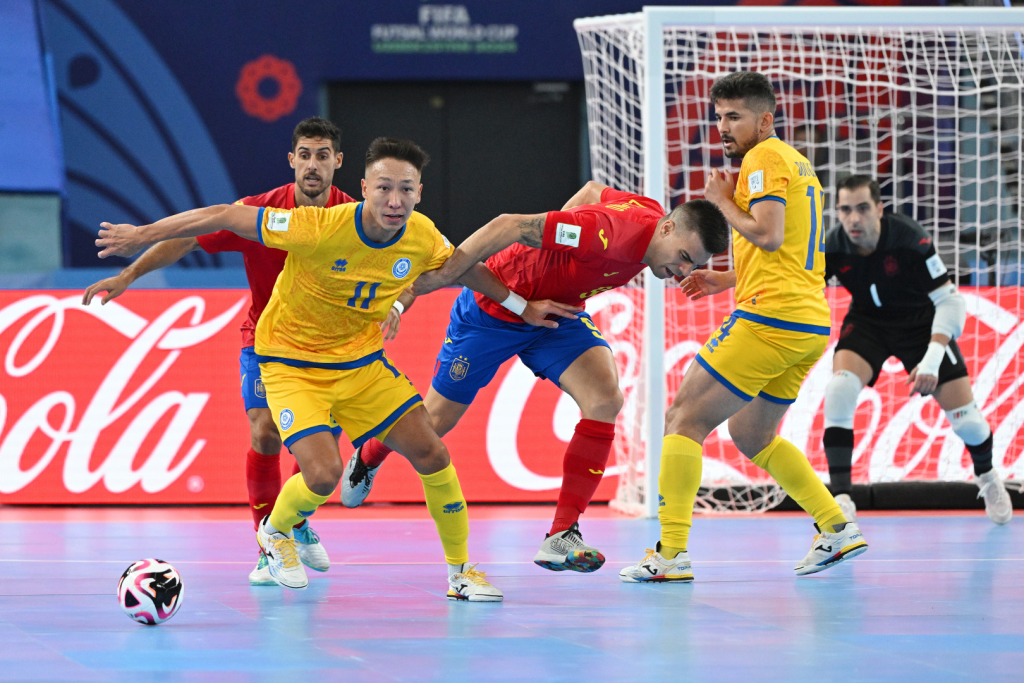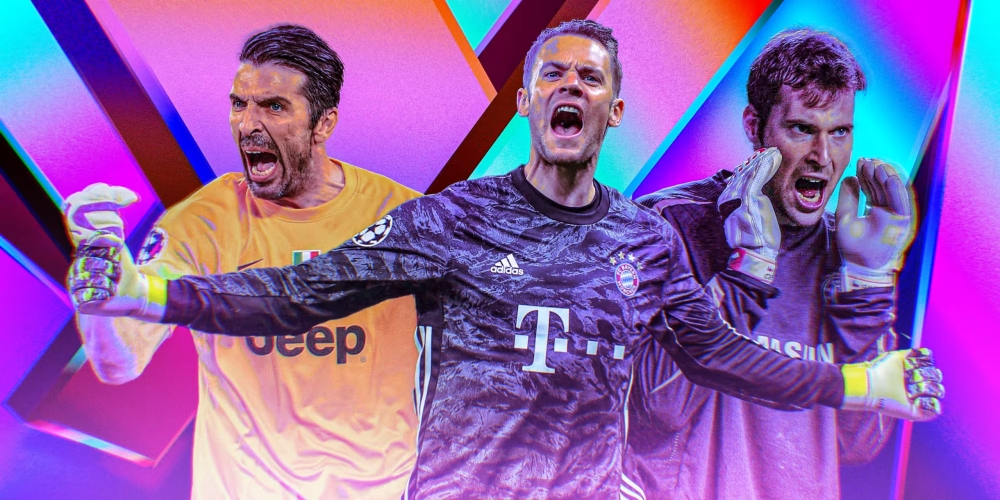Exciting dynamics, fast-paced combinations and constantly changing game situations – that’s what futsal is all about. This sport is played on a compact pitch and requires players to have not only speed and endurance, but also the highest level of technique, passing accuracy and quick decision-making. It is important to understand that futsal is not simply ‘indoor football’, but a unique sport with its own clear rules, special features of playing on hard surfaces and tactical nuances that make it incredibly spectacular.
Origins: from the indoor arena to the world stage
Futsal originated in the first half of the 20th century, when teams began to use sports halls due to a lack of full-size playing fields. There, the basic principles of the game were established: limited space, increased intensity of play, strict ball control. This version later established itself as a separate discipline – mini football, with an emphasis on technical components and quick changes of play.
The development of an official structure was initiated by an association that was supported at the international level. Over time, the discipline was codified under the auspices of FIFA Futsal, with each rule change accompanied by a level of detail aimed at balance and pace. The first tournaments formed the basis for the modern format, which values not only speed but also precision.
Differences from classic football: What is futsal?
 The answer to the question of what futsal is and how it differs from football involves a number of parameters. The most important of these is the size of the pitch. In futsal, it is no longer than 42 metres and no wider than 25 metres, which is almost half the size of a standard stadium. The number of players is another important point. In futsal, there are 5 players on the field, including the goalkeeper, as opposed to 11 in the classic game.
The answer to the question of what futsal is and how it differs from football involves a number of parameters. The most important of these is the size of the pitch. In futsal, it is no longer than 42 metres and no wider than 25 metres, which is almost half the size of a standard stadium. The number of players is another important point. In futsal, there are 5 players on the field, including the goalkeeper, as opposed to 11 in the classic game.

There is no contact with the boards, the playing field is marked with lines, the balls are smaller and have a dampened bounce, the pace is higher and the duration of attacks is shorter. Shots on goal are made with the hands, there is a penalty area and foul limits. Futsal focuses on short passes, tight pressing and ball control, which is completely different from the expansive playing system of big football.
Ball and equipment
The futsal ball differs from the standard ball: its circumference is approximately 62–64 cm, and its weight is 400–440 grams. The surface is less elastic, and the bounce is limited to 65 cm when dropped from a height of 2 metres. This reduces random bounces and makes control predictable. Players wear special trainers with smooth soles without studs. All equipment must meet safety requirements and include shin guards, socks, a numbered jersey, shorts and sports socks.
Organisation of the game: time, composition, structure
The game consists of two halves of 20 minutes of pure playing time each. During interruptions, the stopwatch stops the break. A break of up to 15 minutes is provided between halves. In the event of a draw, two extra times of 5 minutes each are possible, followed by a penalty shootout.
Substitutions and composition
Each team has up to 14 players in its line-up. Five players, including the goalkeeper, are on the field at the same time. Substitutions can be made without restriction during the game, but the substitution and entry zones must be observed. Violation of this rule will result in a warning or a technical foul. The substitution system allows the game to be adapted to the pace, to use rotations and to give futsal games maximum dynamism. Fatigue sets in more quickly and the pace changes abruptly, so skilful use of the substitutes’ bench determines the outcome of the game.
Rules of the game: What beginners should learn
The answer to the question of what futsal is and how to play it involves knowing clear rules. The game starts from the centre circle. After a goal is scored, the game also continues from this point. If the ball crosses the sideline, it is brought back into play by the opponent with their foot. Violations are strictly punished: the accumulated fouls influence the course of the game. After a team’s fifth foul, the opponent is awarded a free kick from 10 metres without a wall.
Players are required to keep their distance in all set pieces, control their hand movements and avoid tackles with outstretched legs. The referees award cards – yellow for serious fouls, red for sending offs. After the last offence, the player leaves the field and the team remains outnumbered for 2 minutes or until the next goal is scored.
The referee also controls the goalkeeper’s possession time and limits it to 4 seconds. Receiving the ball again without touching a teammate is a violation of the rule. In the event of a violation, play will continue from the spot where the action took place, except in special situations – disputed ball, penalty kick, delayed foul.
Roles and tasks on the pitch: player interaction
The futsal game model requires an understanding of each player’s role. The centre forward organises the attacks and sets the pace. The wingers pull the opponent’s defence apart, using dribbling and quick passes. The goalkeeper is responsible for defence, acts closer to his goal and participates in the early stages of the attack. The goalkeeper occupies a special position: in addition to his main task of protecting the goal, he often participates in the start of attacks, plays precise passes and, if necessary, joins the play as the fifth field player.
Tactical tricks: What are strategies in futsal?
The futsal game model is not only characterised by technical skill, but also by playing systems that ensure effective use of space and time.
Tactics:
- Diamond – classic 1-2-1 formation. Provides width and control in the centre and creates opportunities for quick vertical passes.
- Square – even distribution of players at the corners of an imaginary square. Increases pass density, but requires accuracy and constant movement.
- 3–1 – one defensive defender and three attackers. Used when dominating and playing aggressively.
- 4–0 – high mobility of all players, constant position changes. Suitable for teams with good preparation and high coordination.
- Power play – the goalkeeper is used as a fifth player in attack when the team is behind. Used to apply pressure at the end.
The attacking system is selected depending on the opponent’s playing style, the condition of the pitch and the physical condition of the team. The successful implementation of the strategy depends on coordination, speed of thought and the ability to work at a high tempo.
Time-outs, referees and organisation of the game
When answering the question of what futsal is, one should also mention the game management. Each team has the right to request a time-out in each half. The duration is exactly 60 seconds. The team management uses this break to adjust tactics, recover and change plays. Permission for the break is requested via the match secretary, and the referee gives the signal at the first convenient moment.

The game is officiated by two referees: the main referee and the second referee, who is located on the opposite side of the pitch. In addition, a timekeeper and a secretary are involved. The main referee records fouls, tracks player substitutions, distributes cards and monitors the behaviour of the coaches and the technical zone. The second referee assists with monitoring from the other side, supplements decisions and works with the timekeeper. There is no video replay system at the grassroots level, so each situation is assessed based on the current situation.
Why choose futsal: advantages of this sport
Futsal has become the sport of choice for those looking for a high level of action and quick decisions. The density of events per square metre far exceeds that of other ball sports. Due to the size of the pitch, players come into contact more often, and attacking situations follow each other within seconds.
This format trains responsiveness, improves coordination and develops peripheral vision. Therefore, children’s and youth academies often use futsal as a basis for training future players for big football. The transition from the hall to the grass offers advantages in terms of ball control, working in limited space and understanding combinations.
Teams of all age groups use futsal as their main or additional discipline. Sports schools include it in their compulsory programme. Adult athletes appreciate the compactness of the season, the intensity of the games, the low risk of injury and the equal opportunities regardless of size or strength.
The game of the future in the present
 The new format has created a unique ecosystem that combines tactical depth, technical skill and physical exertion in one format. Understanding futsal means not only learning the rules, but also grasping the dynamics, feeling the rhythm and learning to act under conditions that require quick decisions.
The new format has created a unique ecosystem that combines tactical depth, technical skill and physical exertion in one format. Understanding futsal means not only learning the rules, but also grasping the dynamics, feeling the rhythm and learning to act under conditions that require quick decisions.
 en
en  de
de  ar
ar  es
es  nl
nl  hi
hi  fr
fr  it
it  pt
pt  el
el 










